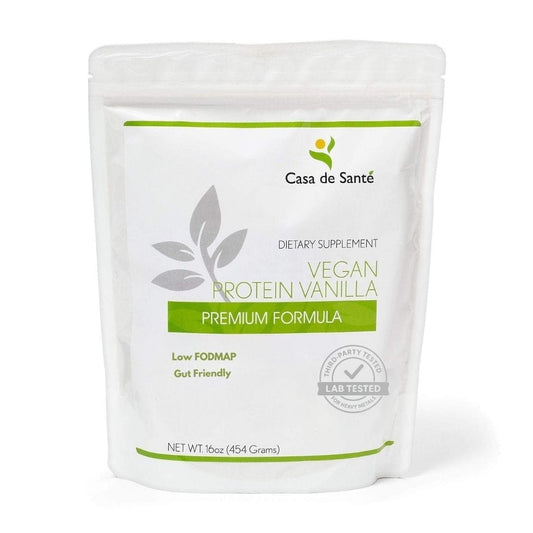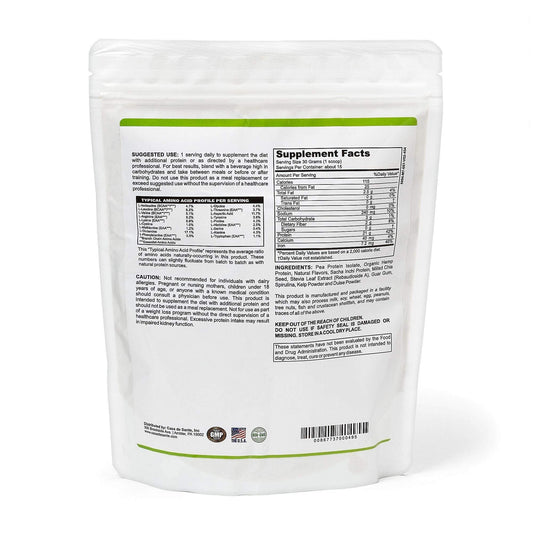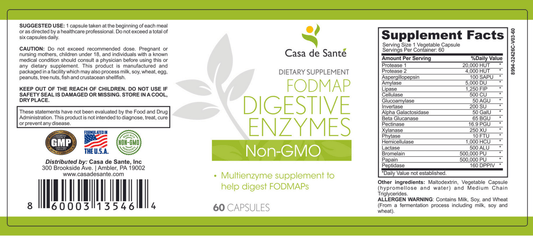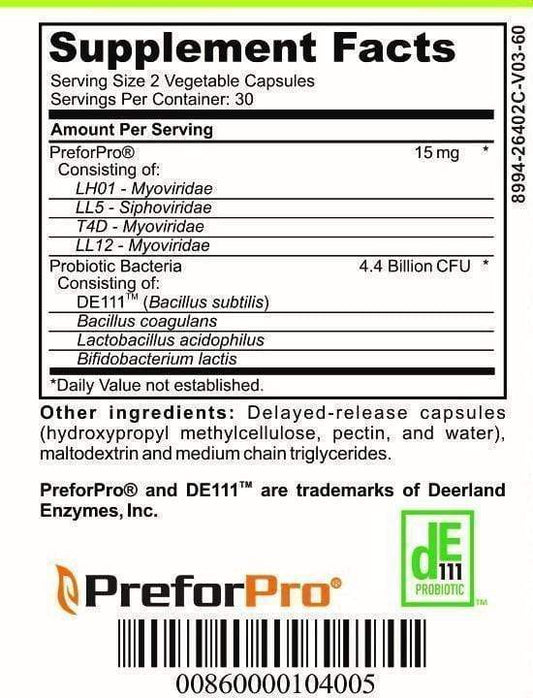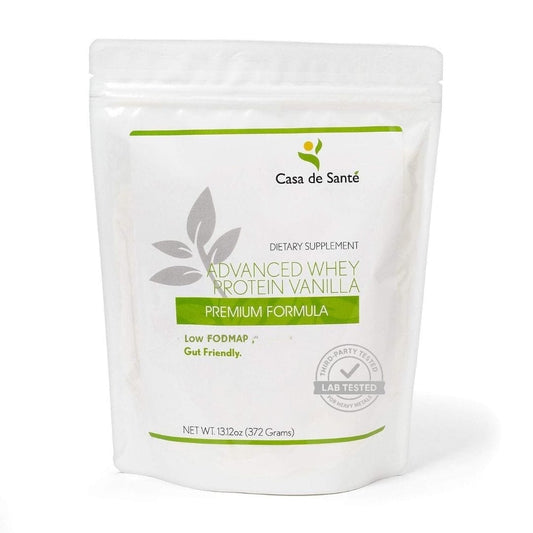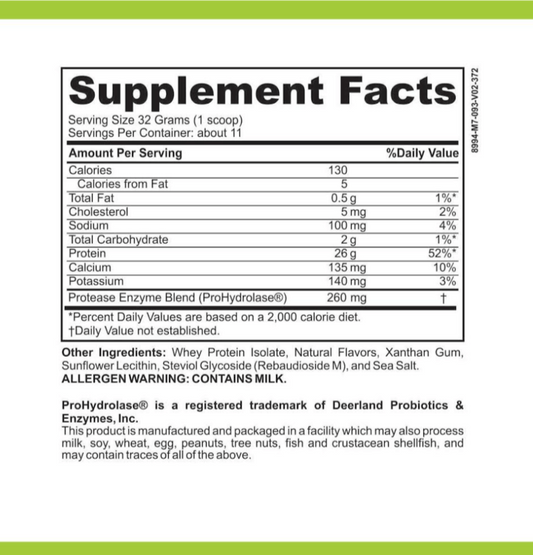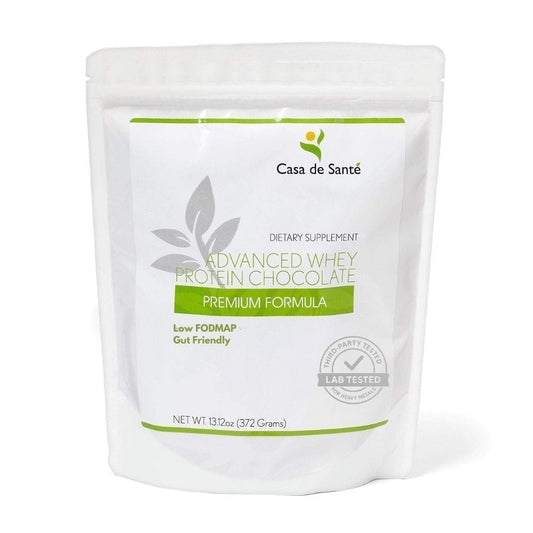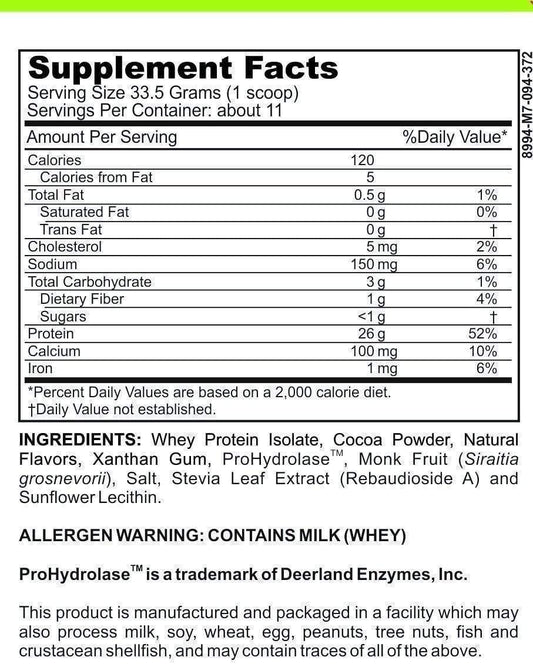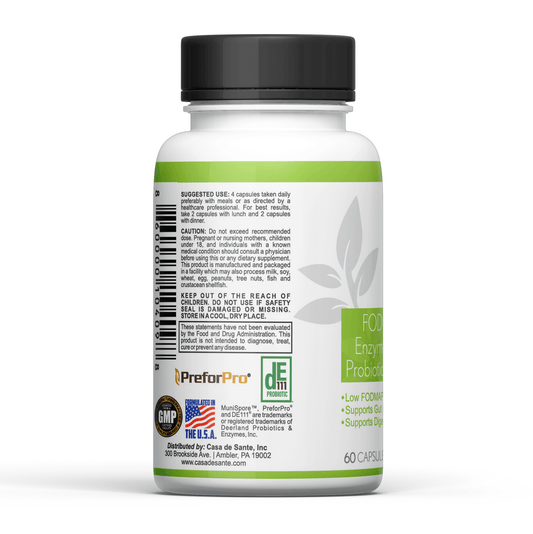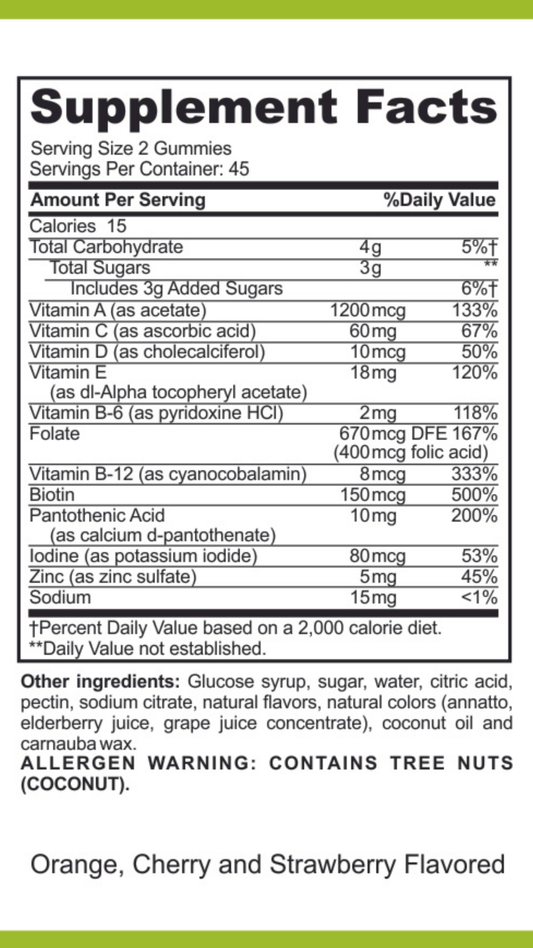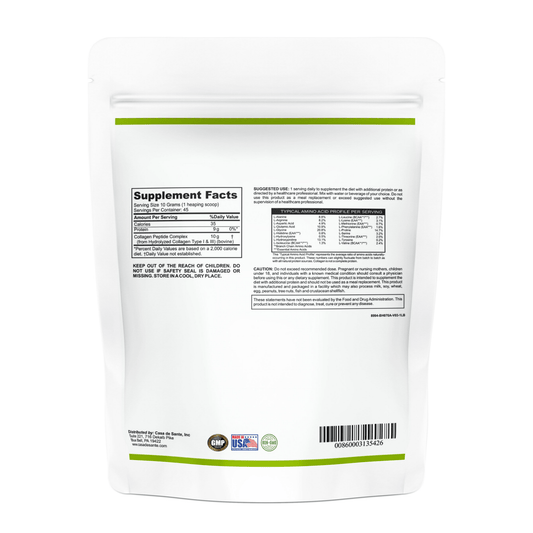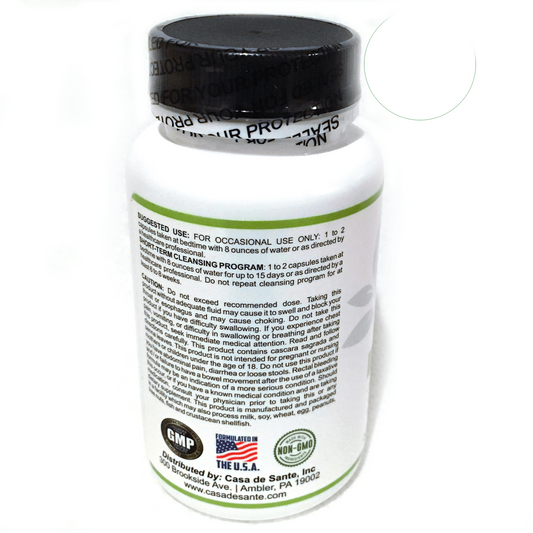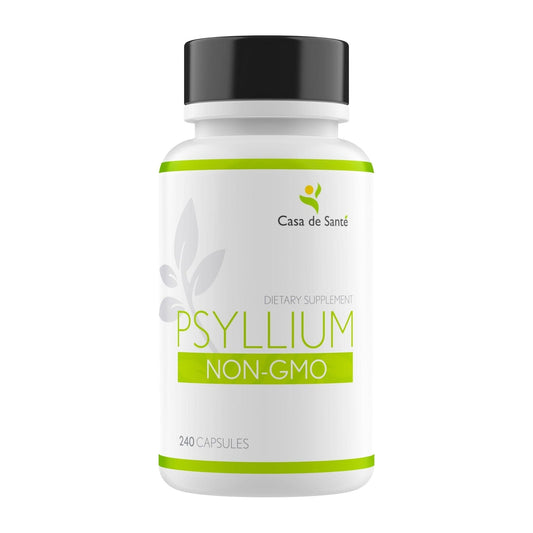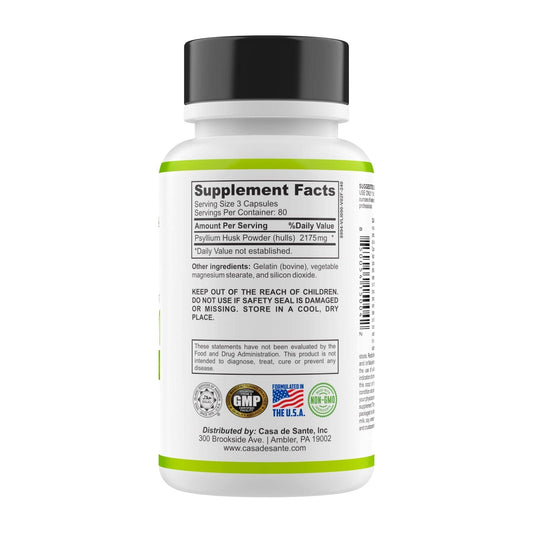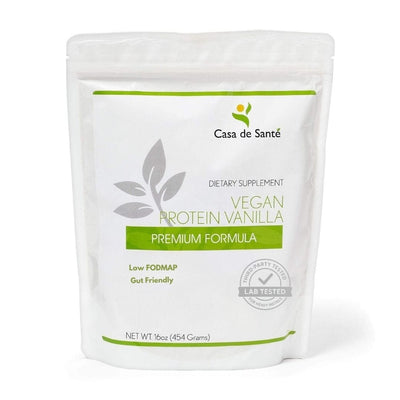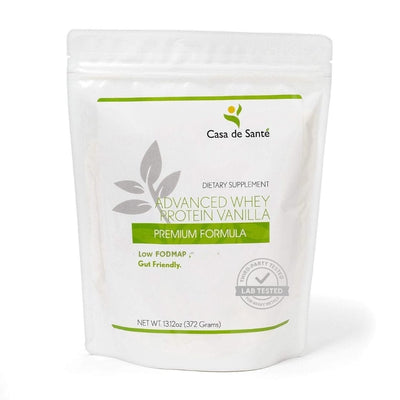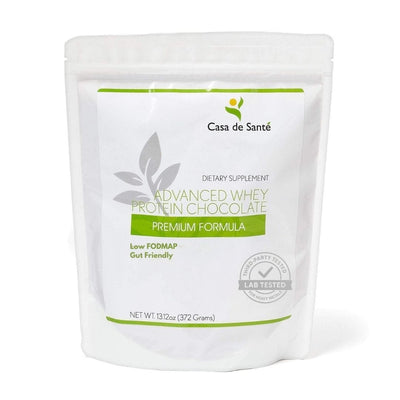Why Does Salt Help Dysautonomia? Exploring the Benefits for Patients
Dysautonomia can be a tough condition to live with, bringing a whole range of symptoms that can disrupt daily life. One surprising remedy that many patients find helpful is increasing their salt intake. But why does salt help dysautonomia? This article explores the reasons behind this and how it can benefit those dealing with this condition.
Key Takeaways
- Dysautonomia symptoms often include dizziness and fatigue, which can be alleviated by increasing salt intake.
- Sodium helps maintain blood volume, which is crucial for stabilizing blood pressure in dysautonomia patients.
- Consulting healthcare providers is essential for determining the right amount of salt for individual needs.
- Electrolytes, including sodium, play a key role in hydration and overall energy levels for patients.
- While salt can be beneficial, it's important to monitor intake and stay hydrated to avoid potential risks.
Understanding Dysautonomia and Its Symptoms
Dysautonomia is a pretty broad term, honestly. It's not just one thing, but rather a group of conditions caused by a malfunction of the autonomic nervous system (ANS). This system is supposed to work automatically, controlling things like heart rate, blood pressure, digestion, and even body temperature. When it doesn't work right, a whole bunch of stuff can go wrong. It's like the body's autopilot suddenly deciding to take a nap, leaving you to manually fly the plane – and trust me, it's not fun.
Common Symptoms of Dysautonomia
Okay, so what does dysautonomia actually feel like? Well, it varies a lot from person to person, which is part of what makes it so tricky to diagnose. Some of the most common symptoms include:
- Lightheadedness and dizziness, especially when standing up (orthostatic intolerance).
- Heart palpitations or a racing heart (tachycardia).
- Fatigue that just doesn't go away, no matter how much you rest.
- Brain fog, making it hard to concentrate or remember things.
- Digestive issues, like nausea, bloating, constipation, or diarrhea.
- Sweating abnormalities (either too much or too little).
It's a real mixed bag, and you might experience just a few of these, or a whole bunch. It can be super frustrating because the symptoms can come and go, and they can be triggered by all sorts of things, like stress, heat, or even just standing up too quickly.
How Dysautonomia Affects Daily Life
Dysautonomia can really throw a wrench into your daily routine. Imagine trying to work when you're constantly dizzy or exhausted. Or trying to socialize when you're worried about having a sudden episode of nausea. It can impact everything from your job and school to your relationships and social life.
For some people, it's a mild annoyance, but for others, it can be completely debilitating. It's not just about feeling a little off; it's about having your life significantly altered by a condition that many people, including some doctors, don't fully understand.
The Importance of Symptom Management
Because there's no one-size-fits-all cure for dysautonomia, symptom management is key. It's all about finding ways to minimize the impact of the condition on your daily life. This might involve lifestyle changes, like adjusting your diet and exercise routine, as well as medications to help control specific symptoms. And that's where salt comes in – it's often a crucial part of managing blood volume and blood pressure, which can make a big difference in how you feel. We'll get into the nitty-gritty of that in the next section.
The Role of Sodium in the Body
Sodium as an Essential Electrolyte
Sodium is more than just a flavor enhancer; it's an essential electrolyte that plays a huge role in keeping our bodies running smoothly. It helps regulate fluid balance, nerve function, and muscle contractions. Think of it as one of the body's key communicators, ensuring messages get where they need to go. It's so important that our bodies have intricate systems to maintain the right sodium levels.
How Sodium Affects Blood Pressure
Sodium has a direct impact on blood pressure. When you consume sodium, your body retains water to maintain the right concentration of sodium in your blood. This increased water retention leads to an increase in blood volume, which in turn, raises blood pressure. For most people, too much sodium can lead to hypertension, but for those with dysautonomia, it's a bit different. For them, increasing sodium intake can actually help raise blood pressure to a more stable level, reducing symptoms like dizziness and lightheadedness.
The Connection Between Sodium and Fluid Retention
Sodium and fluid retention go hand in hand. When sodium levels increase, the body signals the kidneys to retain more water. This is why you might feel bloated after eating a salty meal. For dysautonomia patients, this fluid retention is often a good thing. It helps increase blood volume, which can combat the low blood pressure that often accompanies the condition. It's important to remember that if you're increasing your salt intake, you also need to increase your fluid intake to maintain that balance. Aim for 2-4 liters of fluid daily, and consider including electrolyte-rich options to help your body absorb and use the sodium effectively.
Maintaining adequate fluid volume is key when increasing sodium intake. This helps ensure that the increased sodium contributes to raising blood pressure and improving circulation, rather than causing dehydration or electrolyte imbalances.
Here's a quick look at how sodium and fluid intake are related:
- Increased sodium leads to increased water retention.
- Increased water retention boosts blood volume.
- Higher blood volume can stabilize blood pressure.
- Electrolyte-rich fluids aid in sodium absorption.
Why Does Salt Help Dysautonomia?
For people dealing with dysautonomia, salt isn't just a seasoning; it can be a real game-changer. Doctors usually tell everyone to cut back on salt, but dysautonomia is different. Let's get into why.
Mechanisms of Salt in Symptom Relief
Salt helps because it boosts blood volume. Think of it like this: dysautonomia often messes with your blood pressure, especially when you stand up. Salt helps your body hold onto water, which increases the amount of blood circulating. More blood means more stable blood pressure, which can seriously cut down on dizziness and fainting. Sodium is an essential electrolyte that helps with nervous system function and affects blood pressure.
The Impact of Salt on Blood Volume
When you increase your salt intake, your body holds onto more water. This is super important for dysautonomia patients because it directly affects blood volume. Higher blood volume can lead to:
- More stable blood pressure
- Less dizziness and lightheadedness
- Improved energy levels
Salt's Role in Improving Circulation
Salt doesn't just increase blood volume; it also helps with circulation. When you have enough salt, your blood flows more easily, getting oxygen and nutrients where they need to go. This can make a big difference in how you feel day-to-day. It’s commonly recommended that patients with POTS and other forms of dysautonomia increase their salt intake to 5-9 grams (approximately two teaspoons).
It's not a cure-all, but it can make a noticeable difference in managing symptoms. It's all about finding the right balance and listening to your body.
Recommended Salt Intake for Dysautonomia Patients
Guidelines for Sodium Consumption
Okay, so, how much salt are we actually talking about? It's not a one-size-fits-all kind of thing, which can be annoying. What works wonders for your friend might not be the best for you. Generally, people with dysautonomia often need more sodium than the average person, but it's super important to get a doctor's advice before you start chugging salt water.
Think of it like this: the usual recommendations for sodium intake (around 2,300 mg per day) are often aimed at lowering blood pressure in the general population. But for many with dysautonomia, the goal is actually to raise blood pressure a bit to combat symptoms like dizziness and fainting. So, those standard guidelines? Toss 'em out the window... after talking to your doctor, of course.
Here's a few things to keep in mind:
- Individual needs vary: What your body needs depends on the type of dysautonomia you have, your overall health, and even your activity level.
- Start slow: Don't go from zero to sixty overnight. Gradually increase your sodium intake and see how you feel.
- Listen to your body: Pay attention to any changes in your symptoms, good or bad.
How to Safely Increase Salt Intake
Alright, so you've talked to your doctor, and they've given you the green light to up your salt intake. Now what? There are actually a bunch of ways to do it, and some are definitely more pleasant than others.
- Salt your food generously: Don't be shy with the salt shaker! Season your meals to taste, and don't be afraid to add a little extra.
- Drink electrolyte-enhanced beverages: Sports drinks or electrolyte mixes can be a good way to get extra sodium, especially if you're active or sweating a lot. Just watch out for added sugars. You can also try high-quality sodium supplements.
- Salty snacks: Potato chips, pretzels, and salted nuts can all help boost your sodium intake. Just be mindful of portion sizes and choose healthier options when possible.
Consulting with Healthcare Providers
I can't stress this enough: talk to your doctor before making any major changes to your diet, especially when it comes to salt intake. They can help you figure out the right amount of sodium for your specific needs and monitor you for any potential side effects.
Think of your doctor as your guide through this whole process. They can help you:
- Determine your individual sodium needs.
- Monitor your blood pressure and other vital signs.
- Adjust your medication dosages as needed.
It's a team effort, and you're the star player! They might even suggest a POTS Diet and Nutrition Guide to help you manage your symptoms.
Benefits of Electrolytes in Managing Symptoms
The Importance of Electrolyte Balance
Electrolytes are minerals that carry an electrical charge when dissolved in fluids like blood. Maintaining the right balance of these electrolytes is super important for overall health, especially for people dealing with dysautonomia. Think of them as the conductors that keep your body's electrical systems running smoothly. When these levels are off, it can throw everything out of whack, making symptoms worse.
How Electrolytes Support Hydration
Electrolytes play a key role in hydration. It's not just about drinking water; it's about how your body uses that water. Electrolytes like sodium, potassium, and magnesium help regulate fluid balance, ensuring that water is absorbed properly and distributed where it's needed. If you're just drinking water without enough electrolytes, it can be like trying to fill a leaky bucket – you're not really holding onto the hydration.
Here's a quick look at how different electrolytes contribute to hydration:
- Sodium: Helps retain water in the body.
- Potassium: Works with sodium to balance fluids inside cells.
- Magnesium: Supports muscle function and helps regulate electrolyte transport.
Electrolytes and Energy Levels
Feeling tired all the time? Electrolyte imbalances could be a factor. Electrolytes are involved in many processes that affect energy levels, including nerve function and muscle contractions. When these processes are disrupted, it can lead to fatigue and weakness. Keeping your electrolytes in check can help improve energy levels and reduce that constant feeling of being drained.
Making sure you're getting enough electrolytes can really make a difference in how you feel day to day. It's not a cure-all, but it's a simple step that can have a big impact on managing dysautonomia symptoms. Talk to your doctor about the right balance for you, and see if it helps you feel more like yourself again.
Potential Risks of High Salt Intake
While increasing salt intake can be helpful for managing dysautonomia symptoms, it's important to be aware of the potential downsides. For most people, doctors often suggest reducing salt, so this is a different approach. It's not a one-size-fits-all solution, and some individuals need to be extra careful.
Understanding the Risks for Certain Patients
High salt intake can pose risks for people with certain pre-existing conditions. For example, those with heart failure or kidney disease need to be particularly cautious. Increased sodium can lead to fluid overload, putting extra strain on the heart and kidneys. It's also important to consider if you have hyperadrenergic POTS, as the sympathetic nervous system is already overactivated.
Monitoring Sodium Levels
Keeping an eye on your sodium levels is a smart move when you're increasing your intake. It's not just about how much salt you're eating, but also how your body is responding. Regular check-ups with your doctor can help you stay on track and make sure you're not overdoing it. You can also use high-quality sodium supplements to help you keep track of your intake.
Balancing Salt Intake with Hydration
It's not just about salt; it's about the balance. You need to drink enough water to help your body process the extra sodium. If you're increasing your salt intake, make sure you're also increasing your water intake. Aim for at least 2-3 liters of water a day. Think of it as a team effort: salt helps retain fluid, and water provides the fluid to retain.
Finding the right balance is key. Too much salt without enough water can lead to dehydration and other complications. It's all about listening to your body and adjusting as needed.
Practical Tips for Incorporating Salt into Your Diet
Easy Ways to Add Salt to Meals
Okay, so you know you need more salt. But how do you actually do it without just, you know, downing spoonfuls of the stuff? That's not exactly appetizing. Here are some simple ways to sneak more sodium into your daily grub:
- Season Generously: Don't be shy with the salt shaker when you're cooking. Taste as you go and add more than you usually would. Think about using mineral-rich salts instead of just plain table salt. They have other good stuff in them too.
- Salty Snacks: Keep a stash of salty snacks handy. Olives, pickles, salted nuts, or even just some crackers with cheese can give you a quick sodium boost. Just watch the overall calorie count, of course.
- Broth is Your Friend: Use broth (bouillon) instead of water when you're cooking rice or other grains. It adds flavor and, more importantly, salt. You can also sip on broth throughout the day. It's surprisingly comforting.
It's easy to forget how much salt you're already getting in processed foods. Start by being mindful of what you're eating and then add salt strategically to the foods you prepare yourself. This way, you have more control over your intake.
Using Salt Supplements
Sometimes, even with the best intentions, it's hard to get enough salt through food alone. That's where salt supplements can come in handy. There are a few different options:
- Salt Tablets: These are pretty straightforward. You swallow them with water. They're convenient, but some people find them a bit hard on the stomach. Make sure you drink plenty of water with them.
- Electrolyte Powders: These are designed to be mixed with water. They usually contain a blend of sodium, potassium, and other electrolytes. They can be a good option if you also need to boost your hydration.
- Liquid Concentrates: These are super concentrated and you only need a few drops to get a good dose of sodium. They're easy to add to drinks or even just take straight (if you can handle the taste!).
Timing Your Salt Intake for Best Results
When you take your salt can actually make a difference in how you feel. Here's the deal:
- Morning Boost: Start your day with a salty drink. This can help get your blood volume up and prevent that morning slump. A glass of water with a pinch of salt and a squeeze of lemon can do the trick.
- Pre-Workout: If you're exercising, take some salt about 15-30 minutes beforehand. This can help you maintain your blood volume during physical activity and reduce exercise intolerance. Hydration is key here, so drink plenty of water too.
- Throughout the Day: Don't just load up on salt all at once. Spread it out throughout the day to keep your sodium levels more stable. This can help prevent those sudden drops in blood pressure that can trigger symptoms.
Finding the right timing is key to managing symptoms effectively.
Wrapping It Up
In conclusion, salt can be a game changer for those dealing with dysautonomia, especially POTS. It helps boost blood volume and stabilize blood pressure, which can lead to fewer dizzy spells and more energy. But remember, it’s not a one-size-fits-all solution. Everyone’s body reacts differently, so it’s super important to talk to your doctor before making any big changes to your diet. If you’re considering upping your salt intake, do it carefully and keep an eye on how you feel. With the right approach, salt can really make a difference in managing symptoms and improving your quality of life.
Frequently Asked Questions
What is dysautonomia?
Dysautonomia is a condition that affects the autonomic nervous system, which controls automatic body functions like heart rate and blood pressure.
What are common symptoms of dysautonomia?
Common symptoms include dizziness, fatigue, rapid heartbeat, and fainting, especially when standing up.
How does salt help with dysautonomia symptoms?
Salt helps by increasing blood volume, which can stabilize blood pressure and reduce symptoms like dizziness.
How much salt should dysautonomia patients consume?
Patients are often advised to increase their salt intake to about 3,000 to 10,000 mg per day, but it's important to consult a doctor.
Are there risks to eating too much salt?
Yes, too much salt can lead to high blood pressure and other health issues, so monitoring intake is crucial.
What are some easy ways to add salt to my diet?
You can add salt to your meals, use salt tablets, or mix salt into drinks to help increase your intake.

